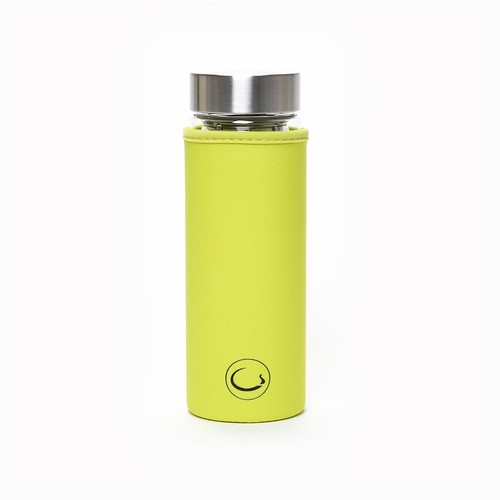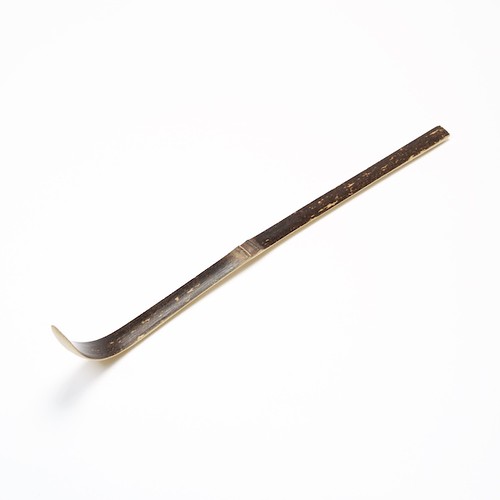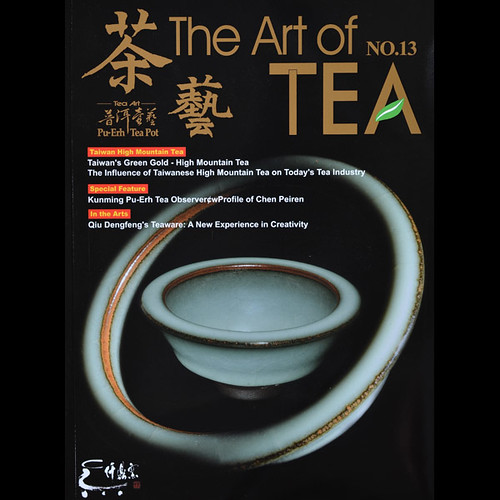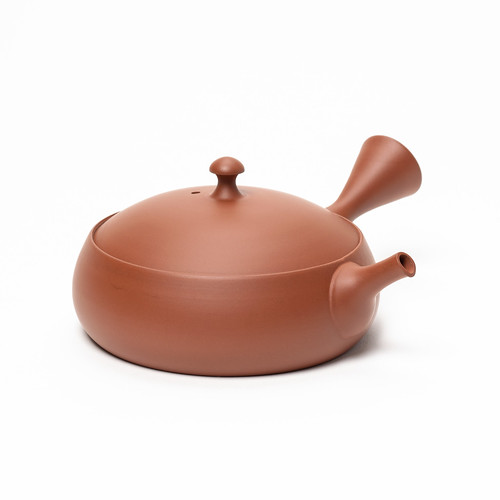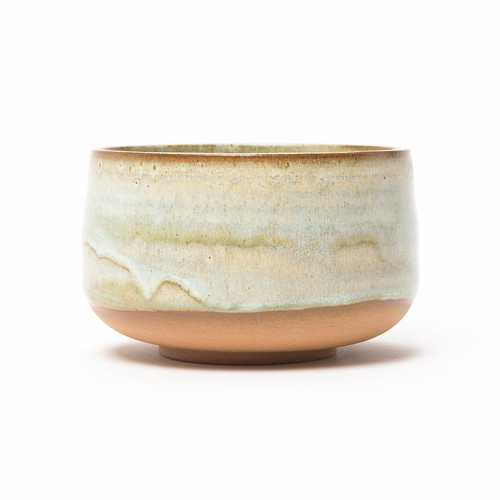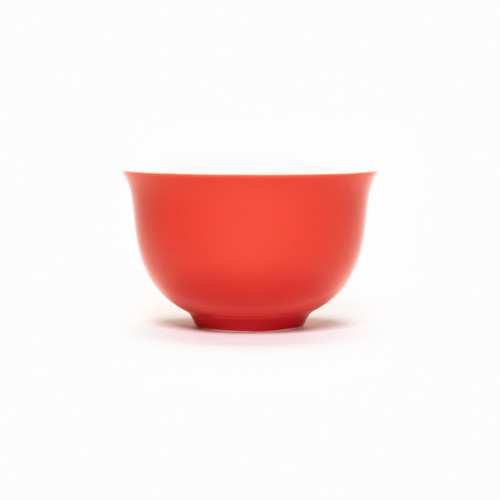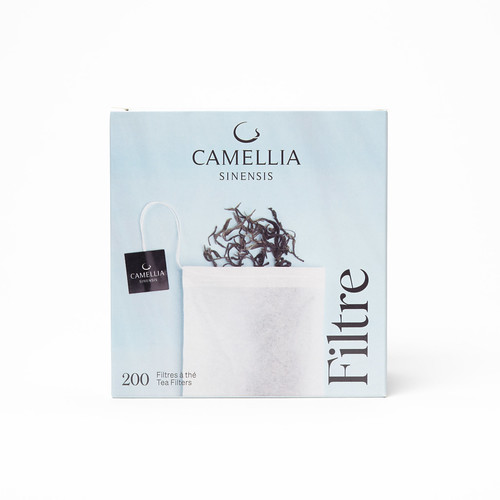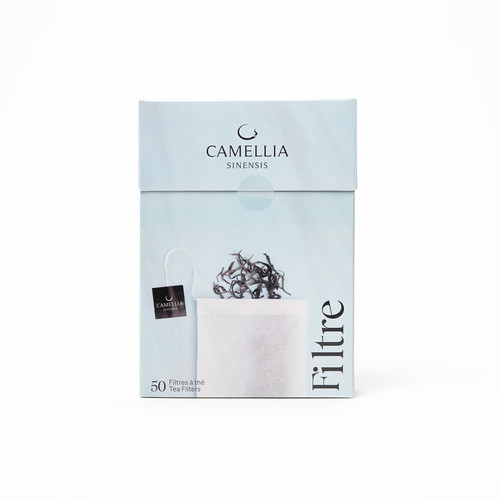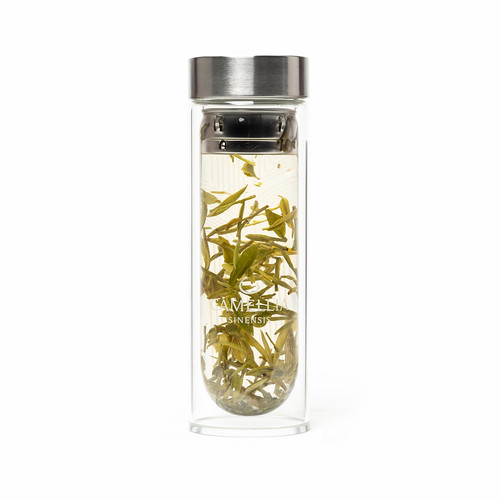
Raku: Legacy of the Way of Tea

- Raku is more than just a technique, it is a philosophy. Knowing the techniques is essential, but understanding the essence of raku allows the potter to perfect this extremely simple, yet subtle and complex art.
Hal Riegger, « Raku : art et technique »
Raku (楽 焼, raku-yaki, "fired by the Raku family") is a quick firing pottery technique originally from Korea and developed in Japan during the sixteenth century. Made by hand - not turned, Raku pieces are made of a refractory clay capable of withstanding large thermal shocks. With a rustic and natural look, they are porous, light and fragile. This technique allows the creation of unique objects with random results as unique as the natural landscape.
Raku was born from the creation of chawan (茶碗) bowls for Chanoyu (茶の湯) the traditional tea ceremony in Japan, during the time the foundations of the Way of Tea we know today were reformed and defined.
In the sixteenth century Zen Buddhism became the dominant religion in Japan. The tea master Sen Rikyu (1521-1591) sought to create a tea bowl in accordance with the philosophical aspirations of the tea ceremony, known as 'wabi'. He engaged the collaboration of Chojiro (1516-1592) - apparently a manufacturer of bricks - whom he asked to create a modest, simple earthenware bowl, that evoked nature and its imperfections, and replaced the more 'perfect' imported items, such as the luxurious and brilliant celadon or tenmoku. This pottery felt utilitarian and absorbed less heat from the tea permitting a more comfortable grip.
By 1582, Chojiro formalized the style of Raku. He and his descendants receive a seal from the Shogun, Taiko-Sama (Toyotomi Hideyoshi), with the word Raku - the character evoking joy, pleasure and spiritual enjoyment - with which he is permitted to mark his work. Thus the Raku dynasty began.
Bon thé!
茶
Photographie: François Alexis Roy











